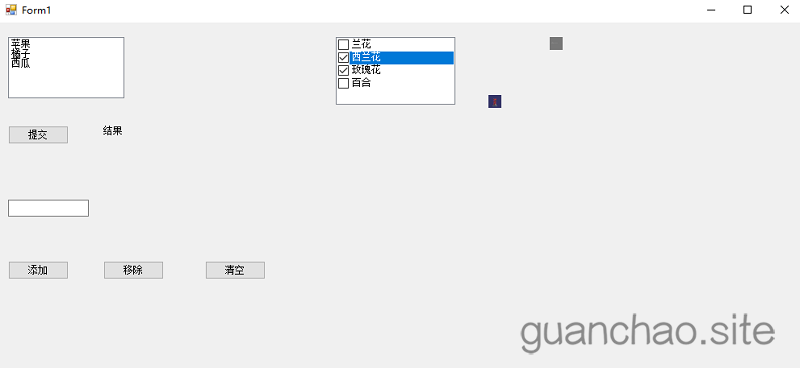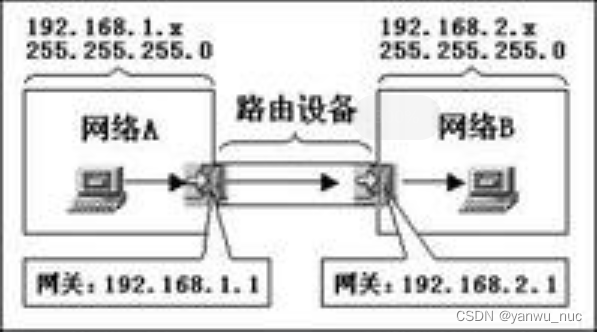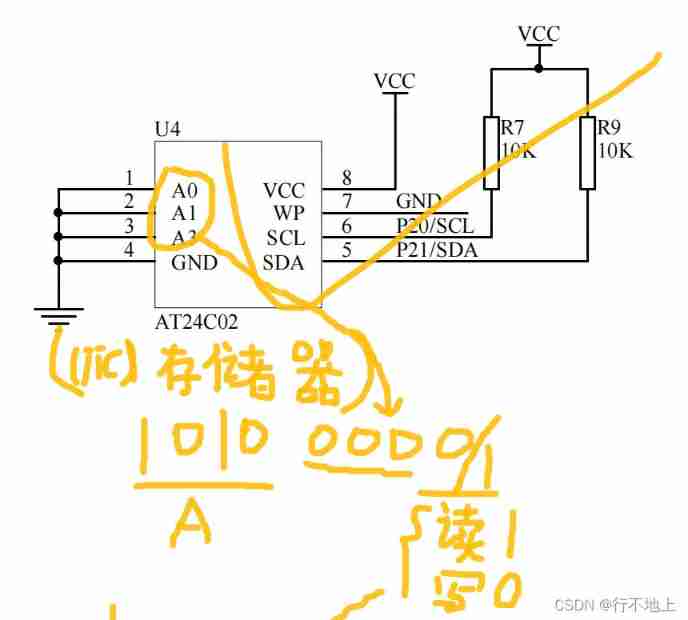当前位置:网站首页>Deep learning framework installation (tensorflow & pytorch & paddlepaddle)
Deep learning framework installation (tensorflow & pytorch & paddlepaddle)
2022-07-06 04:10:00 【Basic Qi learning】
One 、 Preface
The steps of installing the deep learning framework explained in this article are based on Anaconda Of , So you want to follow the steps in this article to install the deep learning framework , You need to install Anaconda( Be careful when changing sources ).
Experimental environment :Windows10,NVIDIA GeForce GTX 1050 Ti.
Two 、PaddlePaddle Deep learning framework installation
2.1 brief introduction
PaddlePaddle( Flying oar ) It is a domestic deep learning framework developed by Baidu , use PaddlePaddle The advantage of this method is that it can be used AI Studio Platform GPU Model training with calculating power , Not only save time, but also free ,PaddlePaddle There are also offers like PaddleSeg Wait for some kits , It is very friendly for beginners to start the project of deep learning model . Of course , Other frameworks can also use some online computing platforms for model training .
2.2 PaddlePaddle CPU Version installed
Step one : stay Anaconda Create a virtual environment in .
stay cmd in (cmd The opening method of can baidu ) Input “conda create -n paddle_cpu python=3.8”, Creating a virtual environment , Creating a virtual environment can be analogous to creating a virtual environment named “paddle_cpu” Folder .

Input “y”, And then go back .


Step two : Input “activate paddle_cpu”. Enter the created environment .

Step three : Input :
“conda install paddlepaddle==2.2.2 --channel https://mirrors.tuna.tsinghua.edu.cn/anaconda/cloud/Paddle/”
Conduct paddlepaddle(CPU edition ) Installation of deep learning framework .



Step four : Test for successful installation . Input in sequence “python”, enter ,"import paddle", enter ,"paddle.utils.run_check()", enter .

If the above figure appears , The installation is successful .
2.3 PaddlePaddle GPU Version installed
Step one : stay Anaconda Create a virtual environment in . stay cmd Input in “conda create -n paddle_gpu python=3.8”, Creating a virtual environment .



Step two : Input “activate paddle_gpu”. Enter the created environment .

Step three : Input :
conda install paddlepaddle-gpu==2.2.2 cudatoolkit=10.1 --channel https://mirrors.tuna.tsinghua.edu.cn/anaconda/cloud/Paddle/, install paddlepaddle(GPU edition ),CUDA10.1 And the matching cuDNN.

Input “y”.



As can be seen from the above figure ,CUDA and cuDNN Will be installed together , So there is no need to configure it manually .

appear “done”, Description installation complete .
Step four : Test for successful installation . Input in sequence “python”, enter ,import paddle, enter ,paddle.utils.run_check(), enter .

If the above figure appears , The installation is successful ( As can be seen from the above figure device 0 as well as cuDNN Version of ).
3、 ... and 、PyTorch Deep learning framework installation
3.1 brief introduction
PyTorch It's an open source Python Machine learning library , be based on Torch, For natural language processing applications .
3.2 PyTorch CPU Version installed
Step one : stay Anaconda Create a virtual environment in . stay cmd Input in “conda create -n pytorch_cpu python=3.8”, Creating a virtual environment .

Input “y”.


Step two : Input “activate pytorch_cpu”. Enter the created environment .

Step three : Input :
conda install pytorch torchvision torchaudio cpuonly -c pytorch, install PyTorch CPU Version deep learning framework .

Input “y”.

Waiting for the installation .


appear “done”, Description installation complete .
Step four : Test for successful installation . Input in sequence python, enter ,import torch, enter ,x = torch.rand(5, 3), enter ,print(x), enter .

If the above figure appears , The installation is successful .
3.3 PyTorch GPU Version installed
Step one : stay Anaconda Create a virtual environment in . stay cmd Input in “conda create -n pytorch_gpu python=3.8”, Creating a virtual environment .



Step two : Input “activate pytorch_gpu”. Enter the created environment .

Step three : Input “conda install pytorch torchvision torchaudio cudatoolkit=10.2 -c pytorch”.

Input “y”.


appear “done”, Description installation complete .
Step four : Test for successful installation . Input in sequence python, enter ,import torch, enter ,x = torch.rand(5, 3), enter ,print(x), enter , Input torch.cuda.is_available(), enter . among torch.cuda.is_available() It's used to test CUDA Of ( Used to distinguish from CPU Version testing ).

If the above figure appears , The installation is successful .
Four 、Tensorflow Deep learning framework installation
4.1 brief introduction
TensorFlow yes Google The second generation of open source is used for digital computing (numerical computation) Software library .
4.2 Tensorflow CPU Version installed
Step one : stay cmd Input in “conda create -n tf2xx_cpu” Creating a virtual environment .


Step two : Input “activate tf2xx_cpu” Enter the virtual environment , Type the following command to install python and tensorflow(CPU edition ):
conda install --channel https://mirrors.ustc.edu.cn/anaconda/pkgs/main/ python=3.7 tensorflow==2.1.0 .

Input “y”.

Step three : Test for successful installation , Input in sequence “python”, enter ,“import tensorflow as tf”, enter ,“import os”, enter ,“os.environ['TF_CPP_MIN_LOG_LEVEL']='2'”, enter ,“print(tf.reduce_sum(tf.random.normal([1000, 1000])))”.

If the same content as above appears , This indicates that the installation was successful .
4.3 Tensorflow GPU Version installed ( Pay attention to your graphics card model , My is 1050TI( If the graphics card is better than mine , You can also install 2.1.0 edition ), The graphics card driver is relatively old , So the installation 2.1.0 edition .)
Step one : stay cmd Input in “conda create -n tf2xx_gpu”, Creating a virtual environment .

Step two : Input “activate tf2xx_gpu” Enter the virtual environment , And enter the following instructions to install python and Tensorflow-gpu edition :
conda install --channel https://mirrors.ustc.edu.cn/anaconda/pkgs/main/ python=3.7 tensorflow-gpu==2.1.0.


You can see from the above picture that , The installation includes CUDA and cuDNNN.
Input “y”.

Step three : Test for successful installation . Input in sequence “python”, enter ,“import tensorflow as tf”, enter ,“print("Num GPUs Available: ", len(tf.config.experimental.list_physical_devices('GPU')))”.

If the same content as above appears , This indicates that the installation was successful .
5、 ... and 、 Conclusion
This paper introduces the installation of three deep learning frameworks , actually , You can choose a deep learning framework to install . In deep learning projects , The framework can only be said to be a tool , Personal programming ability is the core .
6、 ... and 、 The content of the next article
In the next article, I plan to use the deep learning framework to achieve target detection ( Including face recognition ), The main content is “ Brief introduction ”+“ Detailed code ”, I will try to annotate the code in detail , Try to make beginners understand , If you don't understand, please feel free to contact me . Recently, a confrontation network has been generated (GAN,Generative Adversarial Networks) Comparing the fire , Especially will GAN As the topic of graduation design , So I will try my best to write a few later GAN The content of .
in addition , If you have problems with your undergraduate thesis, you can also contact me ( Free of charge , Because I want to do more good , Gradually become a kind person ), I reply in the evening , Practice in the company during the day , If the problem is urgent , It can also be direct +q 1031794256 perhaps vx:17860157407.

边栏推荐
- Plus d'un milliard d'utilisateurs de grandes entreprises comme Facebook ont été compromis, il est temps de se concentrer sur le did
- Cross domain and jsonp details
- 图应用详解
- MySQL learning record 13 database connection pool, pooling technology, DBCP, c3p0
- DM8 backup set deletion
- Brief tutorial for soft exam system architecture designer | general catalog
- MySQL about self growth
- What is the difference between gateway address and IP address in tcp/ip protocol?
- POI add border
- In Net 6 CS more concise method
猜你喜欢

Mysql数据库慢sql抓取与分析

自动化测试的好处

Cross domain and jsonp details

C (XXIX) C listbox CheckedListBox Imagelist

What is the difference between gateway address and IP address in tcp/ip protocol?

Path of class file generated by idea compiling JSP page
![Mlapi series - 04 - network variables and network serialization [network synchronization]](/img/fc/aebbad5295481788de5c1fdb432a77.jpg)
Mlapi series - 04 - network variables and network serialization [network synchronization]

MySQL learning record 13 database connection pool, pooling technology, DBCP, c3p0

综合能力测评系统

20、 EEPROM memory (AT24C02) (similar to AD)
随机推荐
P3033 [usaco11nov]cow steelchase g (similar to minimum path coverage)
Yyds dry goods inventory hcie security Day11: preliminary study of firewall dual machine hot standby and vgmp concepts
Leetcode32 longest valid bracket (dynamic programming difficult problem)
Esp32 (based on Arduino) connects the mqtt server of emqx to upload information and command control
Network security - Security Service Engineer - detailed summary of skill manual (it is recommended to learn and collect)
【PSO】基于PSO粒子群优化的物料点货物运输成本最低值计算matlab仿真,包括运输费用、代理人转换费用、运输方式转化费用和时间惩罚费用
Conditionally [jsonignore]
食品行业仓储条码管理系统解决方案
[Zhao Yuqiang] deploy kubernetes cluster with binary package
Mathematical modeling regression analysis relationship between variables
Global and Chinese markets for patent hole oval devices 2022-2028: Research Report on technology, participants, trends, market size and share
About some basic DP -- those things about coins (the basic introduction of DP)
Record an excel xxE vulnerability
2/10 parallel search set +bfs+dfs+ shortest path +spfa queue optimization
Interface idempotency
[adjustable delay network] development of FPGA based adjustable delay network system Verilog
In Net 6 CS more concise method
2/13 qaq~~ greed + binary prefix sum + number theory (find the greatest common factor of multiple numbers)
查询mysql数据库中各表记录数大小
Solution of storage bar code management system in food industry